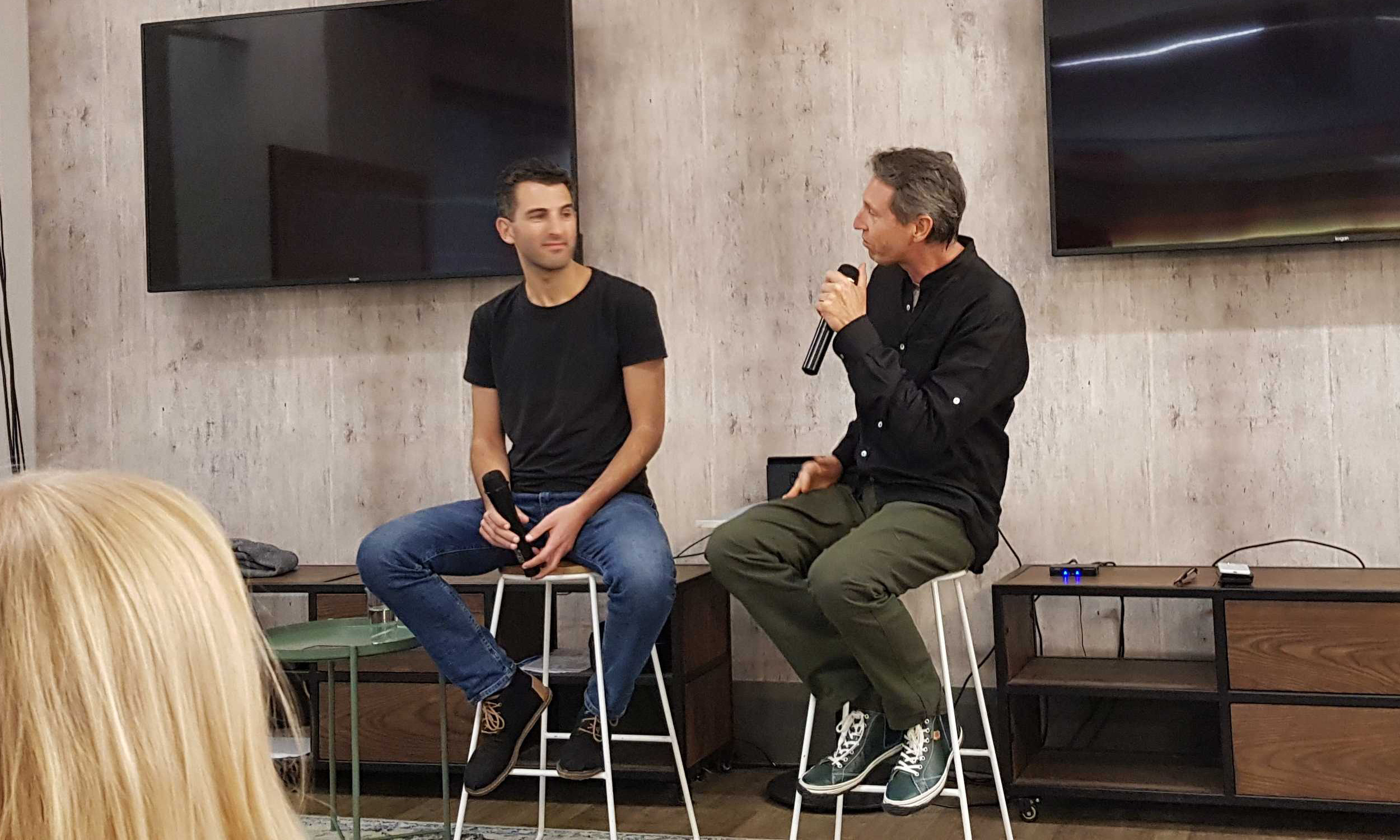You probably don’t miss Letterman much but in the spirit of Dave, here is a not-too funny countdown on the build-versus-buy decision Product teams need to make about adding an engagement layer (specifically tips, tours, flows, hotspots etc) to your App.
As a recap, the Contextual mission is decoupling “App design” from “App Engagement experiments“.
So, we think that Developers own the cadence of the “App design” layer. Conversely Product Teams need to iterate fast on Experiments for feature adoption, onboarding, feedback etc.
10. Bugs and technical debt – Build once and fix many times – you can get open source tips and popup libraries for your flows but once you cobble it together you “own” the fixes and changes that start as small tweaks and end as big jobs.
9. No roadmap disruption – your backlog has hundreds of feature requests to be triaged and added to sprints. Do you really want to add Engagement experiments to your tech roadmap? Therefore, your experiments may or may-not work but you delayed features to try it out.
8. If it works you will keep using it – A corollary of the prior 2 points: if your Engagement activity is working then you will double-down and use it more. So then you double-down roadmap disruption.
7. Manual targeting – you start out with a flow for everyone but soon you realise you want to treat different personas with a unique experience. Your engineers now start saying a whole engine needs to be implemented to do right-place-right-time. Thats a lot of code.
6. Real-time Audience Segmentation and Pesonalization – engagement needs to happen in sub-seconds, if you are relying on hooking data out of analytics packages or CSV uploads, you’ve already lost the engagement opportunity.
5. Analytics that make sense – your team has invested in Mixpanel or Amplitude that are terrific platforms, but to instrument these tools around every subtle engagement on your flows, tips, tours, flows, tooltips is a data science job. So that is a “Hammer to crack a Walnut”. 4. Analytics you can see – contextual reports are important to Product Teams, you don’t want to have to dig around in Jira, the CRM and paste it all into a spreadsheet. If you are running engagement, you want to quickly see daily or weekly with zero effort how each experiment is performing, make micro or macro changes and measure again. 3. Delayed experiment iteration – Product Managers and Growth Teams need to iterate fast. Getting ensnared in the roadmap cadence is death to growth. 2. Outsource confusion – so….you’ve sent this non-core coding offshore? But mixed interpretation, timezone problems get some real mixed results. You know what I’m talking about 🙂 1. Discincented engineers will go and get a better job – tips, tours, flows are valuable to Product Managers but sooooo not a challenge to your engineering talent. “What font do you want again?”. Nuff said.



